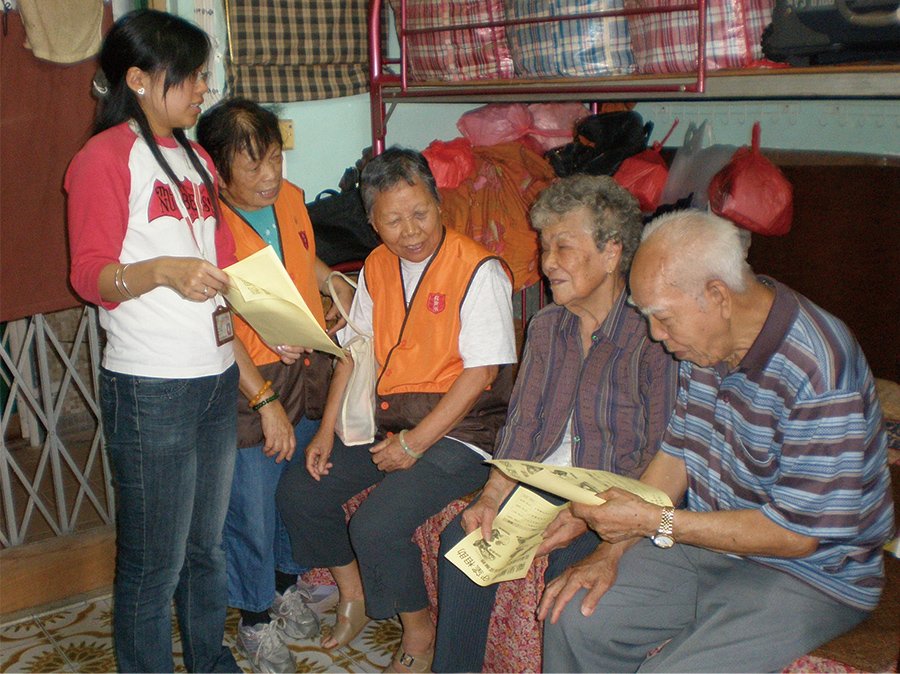The Census and Statistics Department (C&SD) was established in December 1967, witnessing an era of rapid economic growth of Hong Kong. Major statistical systems of C&SD, including those on Gross Domestic Product, Consumer Price Indices, trade statistics, population and labour statistics, were established during the early years, laying a solid foundation for future development.

1967
External trade was of paramount importance to the economy of Hong Kong when C&SD was established in 1967. Thus, one of the key tasks of C&SD at that time was to compile external trade statistics.

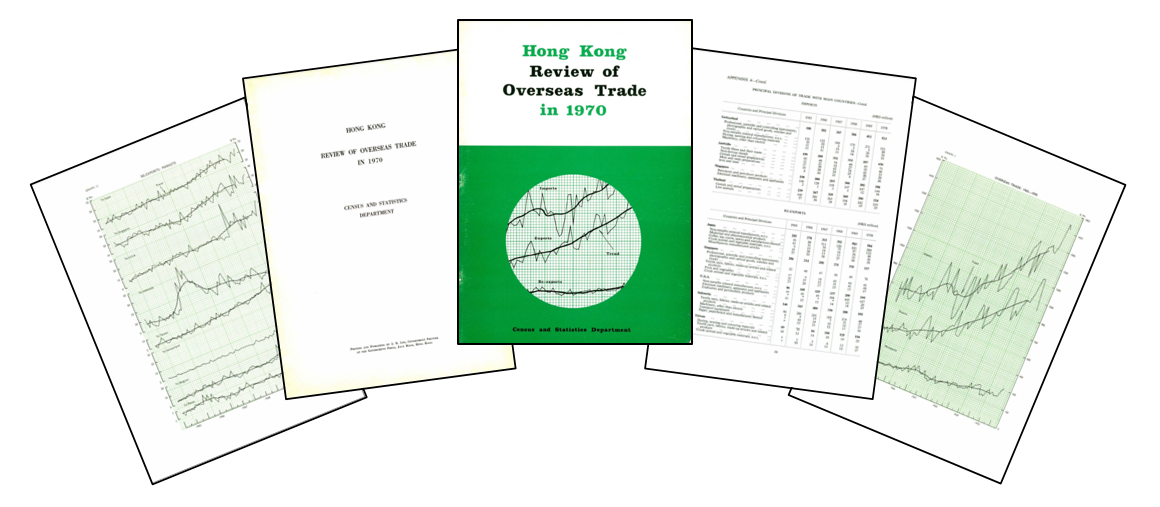

1971
The 1971 Population Census was the first census conducted by C&SD. It was much more detailed and comprehensive than the previous ones carried out before the establishment of C&SD. Also, the processing of census results was done by computers for the first time.


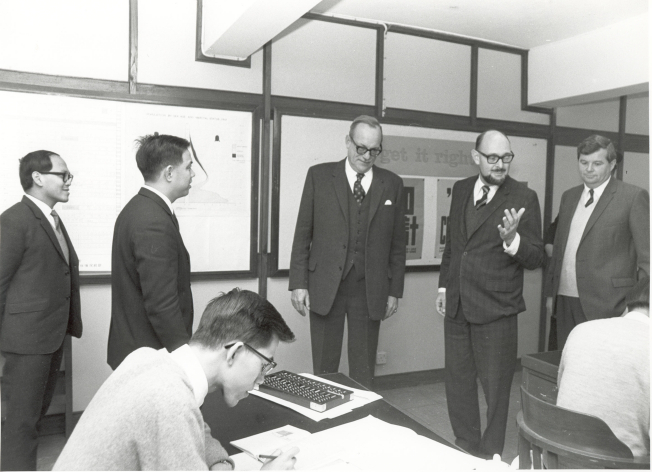




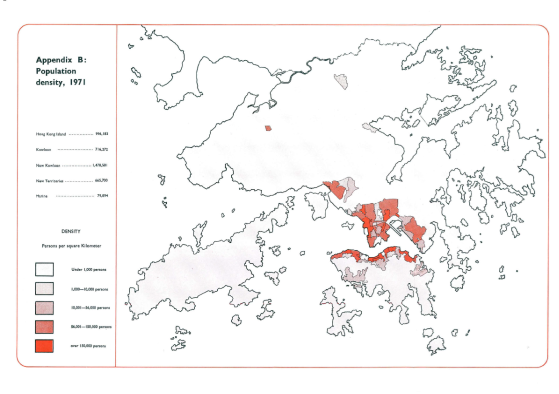
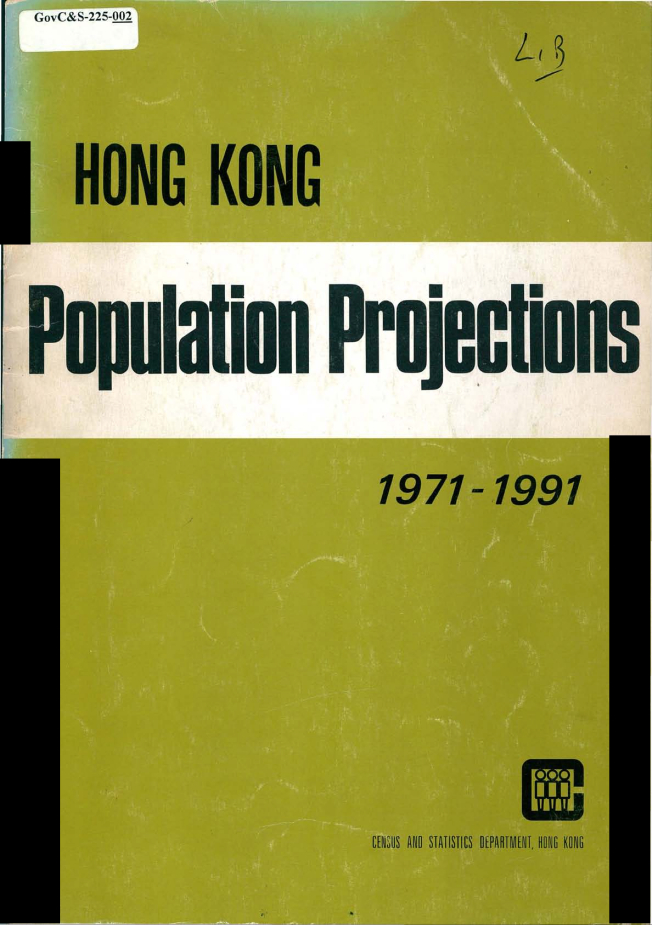
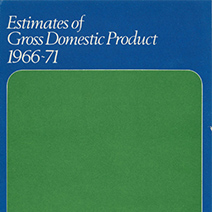
1973
In 1973, C&SD released the first set of Gross Domestic Product (GDP) statistics as the most important indicator for analysing the overall economic situation.
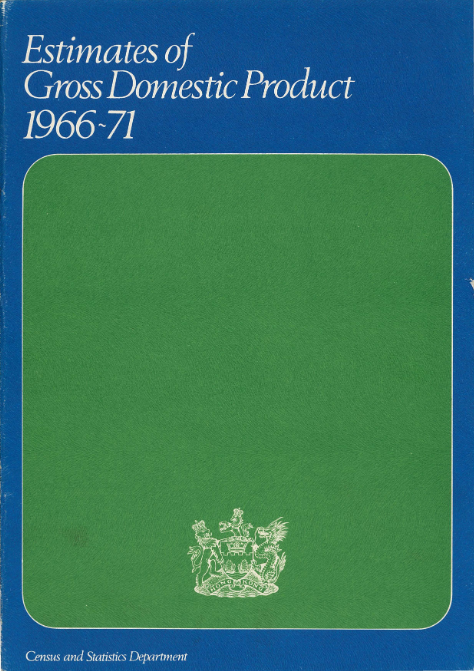


1974
The economy blossomed in tandem with the rapid development of the manufacturing sector in the 1960s and 1970s. C&SD conducted a Census of Manufacturing Establishments in 1971 and the first Annual Survey of Industrial Production in 1974. Statistical surveys for other major industries were also launched afterwards.

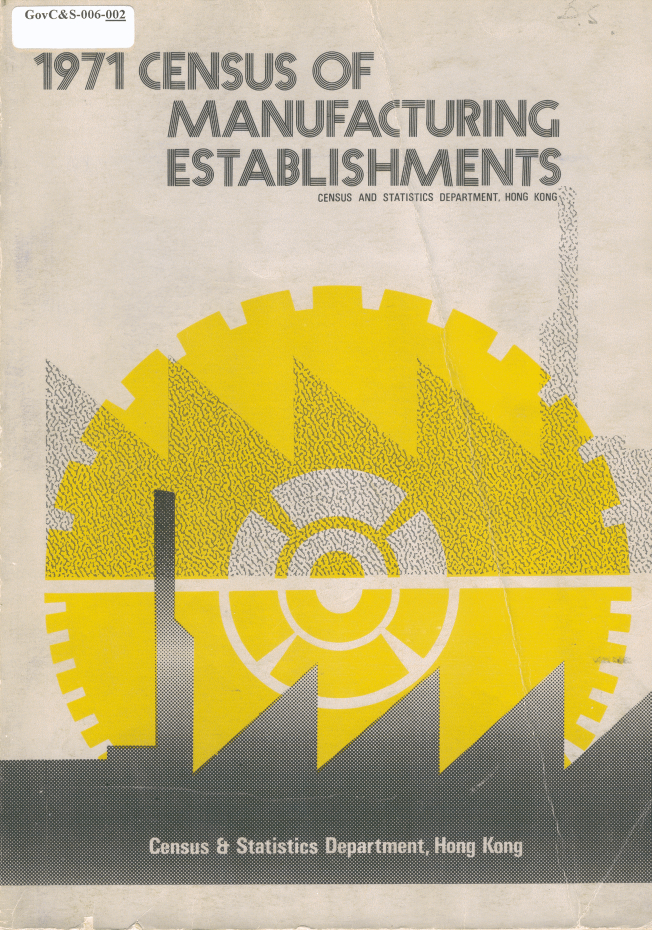
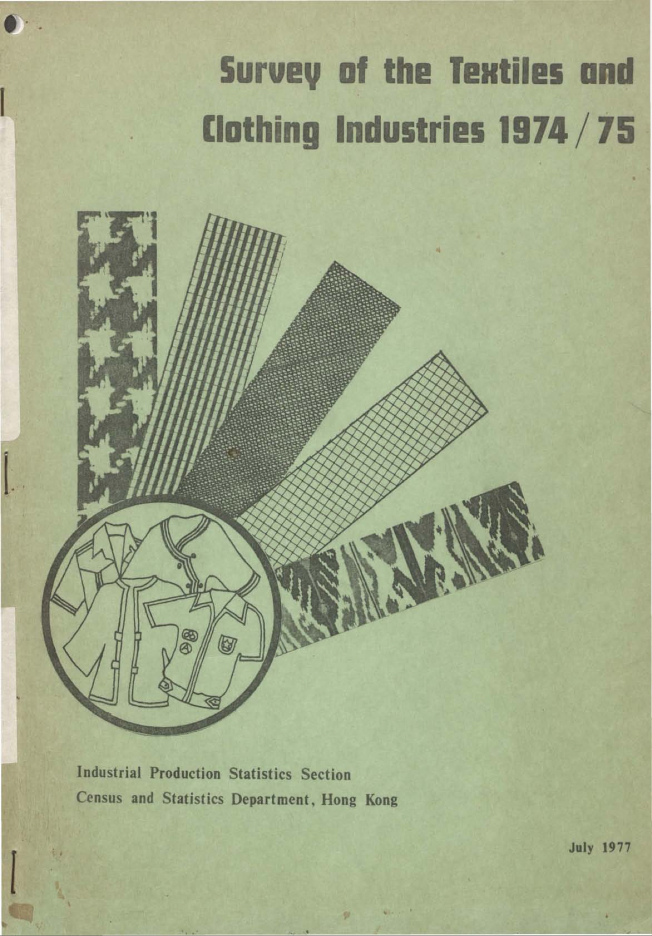

1974
C&SD established the new series of Consumer Price Index (CPI) in 1974 and conducted a Household Expenditure Survey in the same year to update the expenditure weights of the CPI. When Hong Kong entered a period of high inflation starting from the late 1970s, C&SD was able to measure changes in prices comprehensively and accurately.

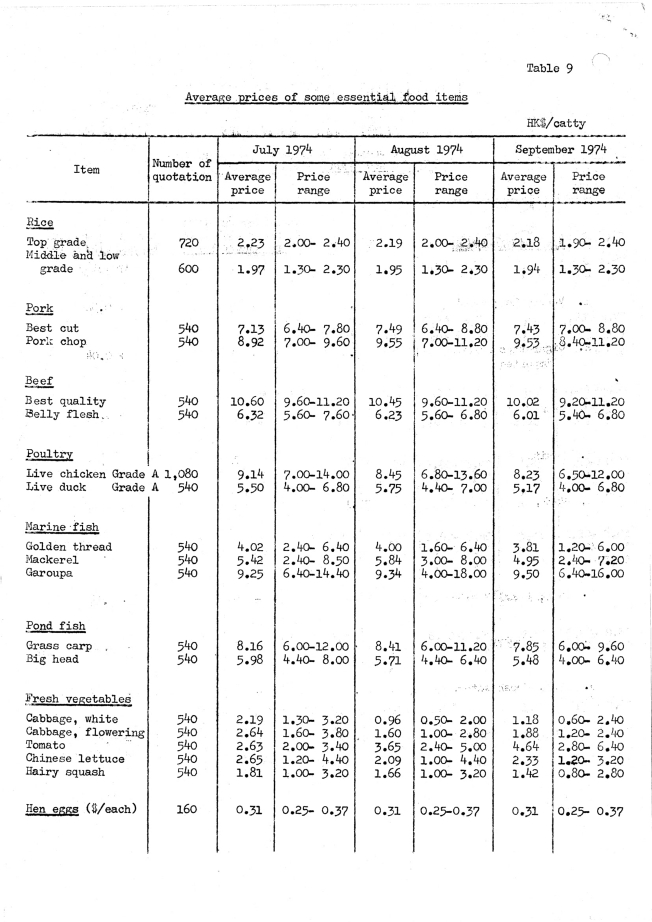


1975
C&SD conducted the first Labour Force Survey in 1975 to provide important statistics on the employed and unemployed population.

With the reform and opening up of the Mainland, Hong Kong has evolved from a manufacturing hub to a service-based economy. To tie in with this development, C&SD launched new statistical products to reflect the changing economic structure. Furthermore, there was an increasing demand for timely statistics. As such, C&SD strived to develop more comprehensive statistical indicators, in particular the short-term ones, to track the rapid changes in the socio-economic development.

1980
With the diversified growth of the economy, C&SD launched annual economic surveys for various sectors successively in the 1980s.





1980
In 1980, C&SD launched a new series of Quarterly Survey of Employment, Vacancies and Payroll to facilitate understanding the labour market situation of various industries.


1981
The series of Labour Force Surveys was transformed into the General Household Survey in 1981 for compiling employment and unemployment statistics on a continuous basis. Nowadays, the unemployment rate figure, published on a monthly basis, is one of the statistics that draw the most public attention.

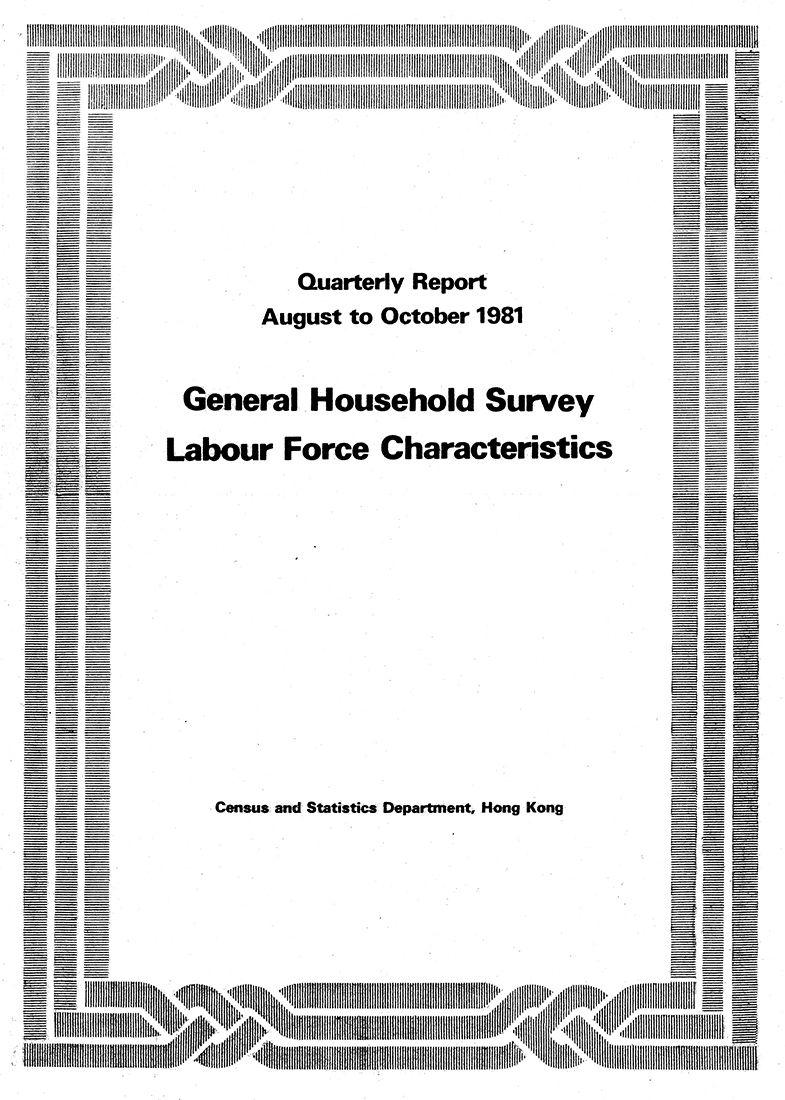


1981
In 1981, C&SD began compiling statistics of retail sales on a monthly basis as a short-term economic indicator. Statistics of retail sales often provide an early indication of changes in the economic cycle and therefore attract much public attention.

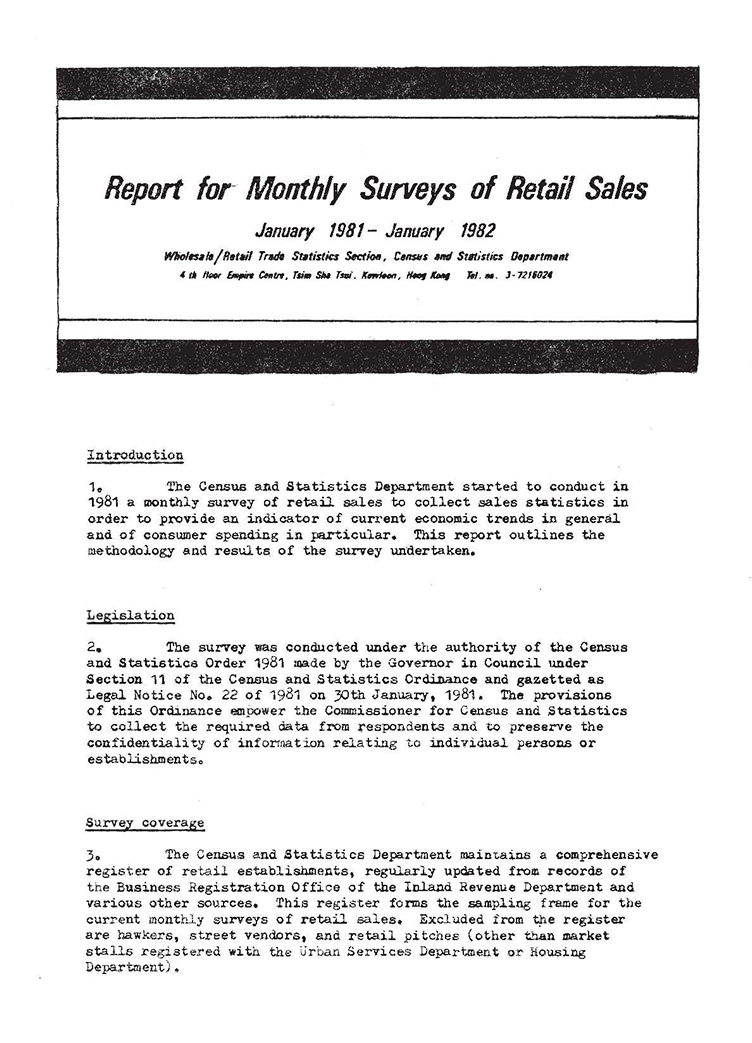


1984
With the gradually complete development of the annual economic surveys on various major sectors, C&SD released the first set of Gross Domestic Product (GDP) by economic activity in 1984 for gauging the contribution of different industries to the local economy.
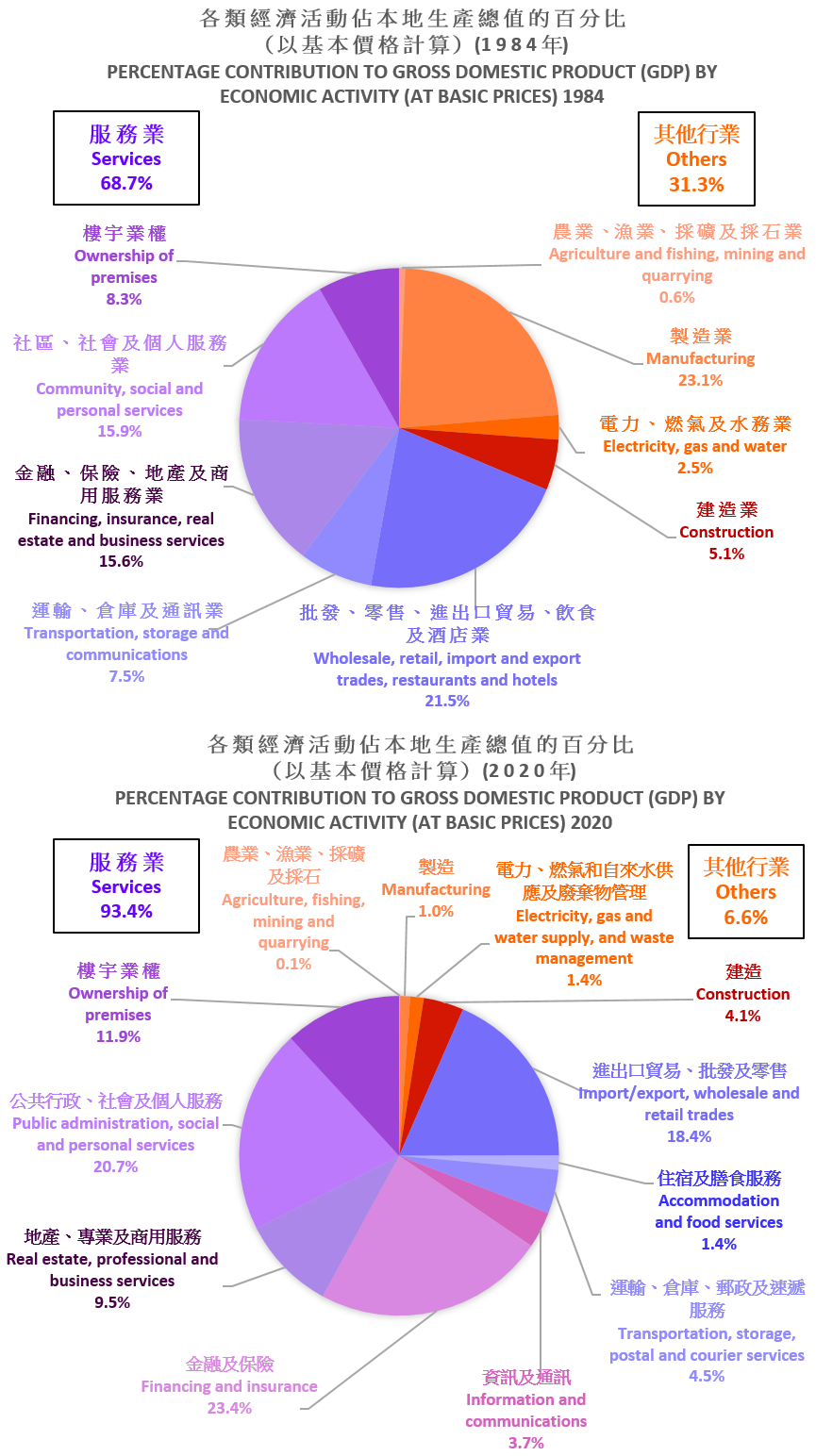

1988
With the reform and opening up of the Mainland in the 1980s, many manufacturing companies in Hong Kong relocated their production processes to the Mainland and shifted to outward processing trade instead. C&SD began collecting data on trade involving outward processing in the Mainland in 1988. The statistics compiled reflected the growing economic ties between Hong Kong and the Mainland since the Mainland’s reform and opening up.


1990
As external trade flourished in Hong Kong, new technologies have been introduced to C&SD’s trade statistics system over the years to enhance work efficiency and capacity for handling a huge volume of trade declarations.






1993
In view of the rising importance of the services sector, C&SD started the Quarterly Survey of Service Industries in 1993 for analysing the latest business performance of various service industries.

The process of globalisation has been accelerating continuously in the 21st century with significant growth of international movements of goods, services and capital. As an international trading hub and financial centre, Hong Kong has seen a growing need for more adequate official statistics to gauge the globalisation process and analyse its economic impact. Against this background, C&SD developed a series of new statistics to assess the situation of international trade in services and cross border investment in Hong Kong.

2000
Under the trend of globalisation, the external trade of Hong Kong, especially trade with the Mainland flourished. C&SD strengthened its cooperation with the Mainland authorities and assisted the government in providing electronic submission service of trade documents to facilitate the compilation of timely and quality trade statistics.



2000
As an international financial centre, enormous amounts of capital move into and out of Hong Kong. In 2000, C&SD released the first set of Balance of Payments statistics to record economic transactions between Hong Kong and the rest of the world, covering trade in goods and services, investment and income.

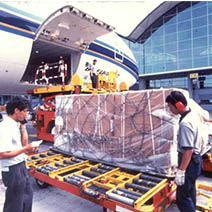
2002
With the rapid infrastructural development in the Mainland, particularly ports and related transportation facilities, trading firms in Hong Kong further evolved their mode of operation from the traditional mode of imports and re-exports to engaging in offshore trade. In view of this, C&SD began compiling offshore trade statistics in 2002. Besides, many Hong Kong companies provided services such as transportation, travel, insurance and financial services to foreign customers. C&SD has been compiling trade in services statistics since 2002 to tie in with the internationalisation trend of markets for services.



2006
With the globalisation of the world economy, a number of multinational enterprises have established affiliates in Hong Kong for conducting sales of goods and services. As such, C&SD compiled foreign affiliates statistics for the first time in 2006. The statistics are useful for a better understanding of the degree of globalisation of the Hong Kong economy.

Hong Kong has developed into an advanced economy with the efforts of several generations of people. There have been increasing discussions on social issues in the community, with a view to enabling different sectors of the society to share the fruits of economic development. C&SD is providing more relevant statistics and objective analyses to support evidence-based discussions in the society for reaching consensus. Indeed, C&SD statistics have been examined during the formulation of some major policies on labour, welfare and housing issues. For instance, statistics have been frequently used in studies related to Statutory Minimum Wage, poverty and inadequate housing.

2009
C&SD conducted the Annual Earnings and Hours Survey (AEHS) for the first time in 2009 to support the study on the setting of the Statutory Minimum Wage (SMW) rate in Hong Kong. The government established the SMW in 2011 after examining the relevant statistics. Nowadays, the results of the AEHS are studied during every review of the SMW rate.

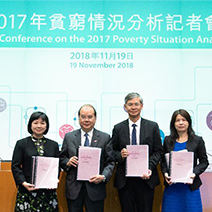
2013
Since the announcement of the first official poverty line by the Commission on Poverty in 2013, C&SD has been rendering professional assistance in updating the poverty line, the size of the poor population and the poverty rate on an annual basis. These statistics are of wide public concern.
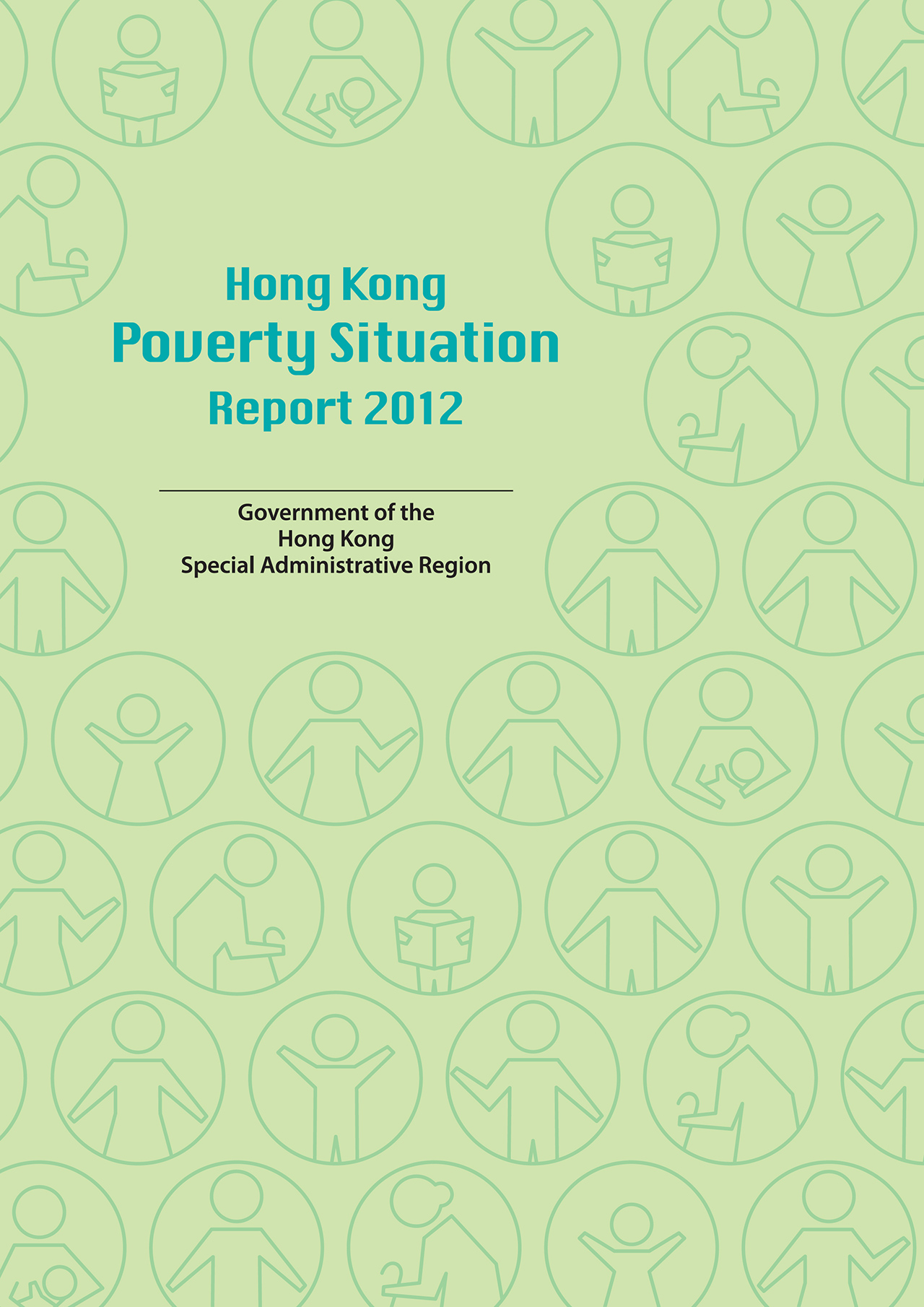
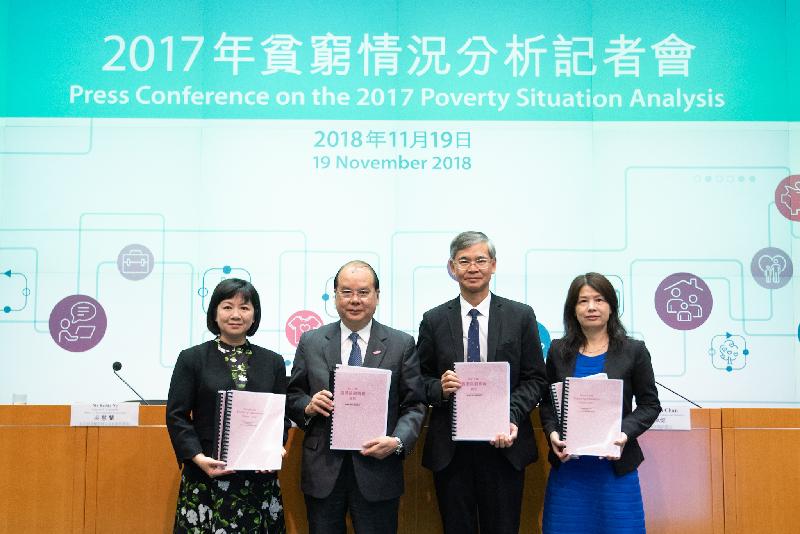
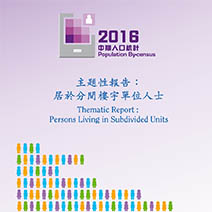
2016
The recent years have seen a surge in subdivided units (SDUs) and a growing demand by the public to study the number of SDUs in the territory and the living conditions of SDU households. Against this background, C&SD collected information on SDUs in the 2016 Population By-census and the 2021 Population Census.
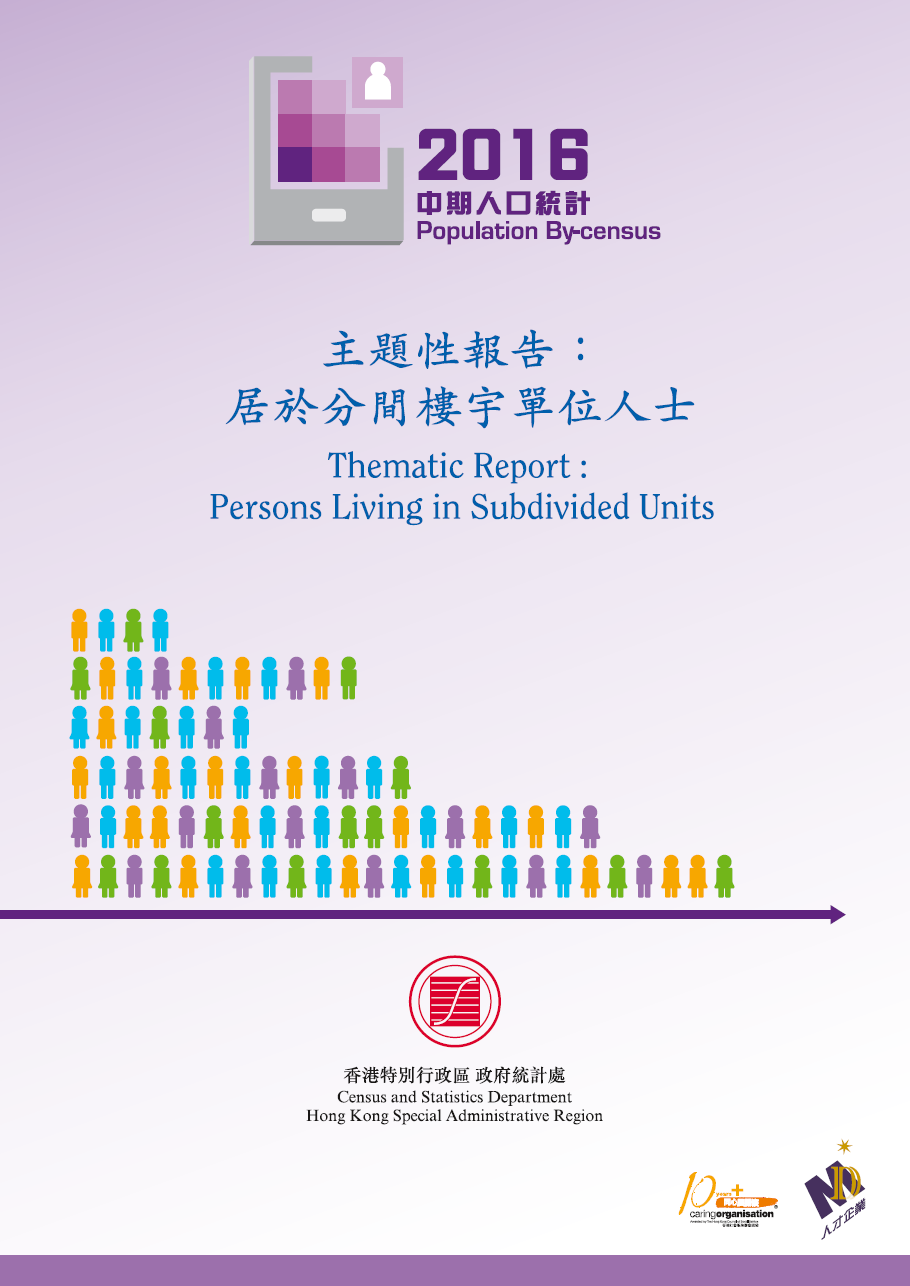

2019
C&SD conducted a territory-wide survey on persons with disabilities and chronic diseases in 2019 to 2020 to collect information on their living conditions and care needs.


2021
C&SD took into account the needs of various stakeholders when planning for the 2021 Population Census. For instance, the department enhanced the support services for persons of different ethnicities during data collection, added a new data topic of “elderly persons requiring care”, as well as planned to introduce a new thematic report on children.


